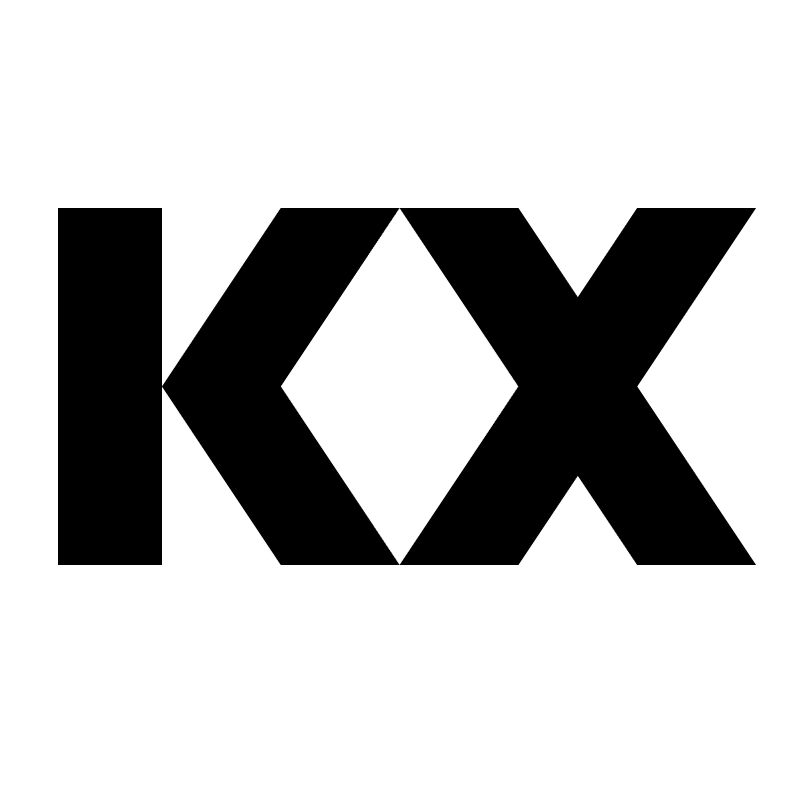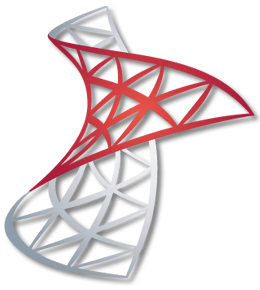Kdb vs SQL Server
A detailed comparison
Compare Kdb and SQL Server for time series and OLAP workloads
Learn About Time Series DatabasesChoosing the right database is a critical choice when building any software application. All databases have different strengths and weaknesses when it comes to performance, so deciding which database has the most benefits and the most minor downsides for your specific use case and data model is an important decision. Below you will find an overview of the key concepts, architecture, features, use cases, and pricing models of Kdb and SQL Server so you can quickly see how they compare against each other.
The primary purpose of this article is to compare how Kdb and SQL Server perform for workloads involving time series data, not for all possible use cases. Time series data typically presents a unique challenge in terms of database performance. This is due to the high volume of data being written and the query patterns to access that data. This article doesn't intend to make the case for which database is better; it simply provides an overview of each database so you can make an informed decision.
Kdb vs SQL Server Breakdown
 |
 |
|
| Database Model | Time series and columnar database |
Relational database |
| Architecture | Kdb can be deployed on-premises, in the cloud, or as a hybrid solution. |
SQL Server can be deployed on-premises, in virtual machines, or as a managed cloud service (Azure SQL Database) on Microsoft Azure. It is available in multiple editions tailored to different use cases, such as Express, Standard, and Enterprise. |
| License | Closed source |
Closed source |
| Use Cases | High-frequency trading, financial services, market data analysis, IoT, real-time analytics |
Transaction processing, business intelligence, data warehousing, analytics, web applications, enterprise applications |
| Scalability | Highly scalable with multi-threading and multi-node support, suitable for large-scale data processing |
Supports vertical and horizontal scaling, with features like partitioning, sharding, and replication for distributed environments |
Looking for the most efficient way to get started?
Whether you are looking for cost savings, lower management overhead, or open source, InfluxDB can help.
Kdb Overview
kdb+ is a high-performance columnar, time series database developed by Kx Systems. Released in 2003, kdb+ is designed to efficiently manage large volumes of data, with a primary focus on financial data, such as stock market trades and quotes. It is built on the principles of the q programming language, which is a descendant of APL and K. The database is known for its speed, scalability, and ability to process both real-time and historical data.
SQL Server Overview
Microsoft SQL Server is a powerful and widely used relational database management system developed by Microsoft. Initially released in 1989, it has evolved over the years to become one of the most popular database systems for businesses of all sizes. SQL Server is known for its robust performance, security, and ease of use. It supports a variety of platforms, including Windows, Linux, and containers, providing flexibility for different deployment scenarios.
Kdb for Time Series Data
kdb+ is designed to store time series data, making it a natural fit for applications that require high-speed querying and analysis of large volumes of data. Its columnar storage format allows for efficient compression and retrieval of time series data, while its q language provides a powerful and expressive means to manipulate and analyze the data. kdb+ is especially strong for financial data, though it can be used for other types of time series data as well.
SQL Server for Time Series Data
While Microsoft SQL Server is primarily a relational database, it does offer support for time series data through various features and optimizations. Temporal tables allow for tracking changes in data over time, providing an efficient way to store and query historical data. Indexing and partitioning can be leveraged to optimize time series data storage and retrieval. However, SQL Server may not be the best choice for applications requiring high write or query throughput specifically for time series data, as specialized time series databases offer more optimized solutions as well as a variety of developer productivity features that speed up development time for applications that heavily use time series data.
Kdb Key Concepts
- q language: A high-level, domain-specific programming language used for querying and manipulating data in kdb+. It combines SQL-like syntax with a functional programming style.
- Columnar storage: kdb+ stores data in columns, rather than rows, which allows for faster querying and analysis of time series data.
- Tables: kdb+ stores data in tables, which are similar to relational tables, but with a focus on columnar storage and time series data.
- Splayed tables: A table storage format where each column is stored in a separate file, further enhancing query performance.
SQL Server Key Concepts
- T-SQL: Transact-SQL, an extension of SQL that adds procedural programming elements, such as loops, conditional statements, and error handling, to the standard SQL language.
- SSMS: SQL Server Management Studio, an integrated environment for managing SQL Server instances, databases, and objects.
- Always On: A suite of high availability and disaster recovery features in SQL Server, including Always On Availability Groups and Always On Failover Cluster Instances.
Kdb Architecture
kdb+ is a columnar, time series database that employs a custom data model tailored for efficient storage and querying of time series data. It does not use traditional SQL, but instead relies on the q language for querying and data manipulation. The architecture of kdb+ is designed for both in-memory and on-disk storage, with the ability to scale horizontally across multiple machines. The primary components of kdb+ are the database engine, the q language interpreter, and the built-in web server.
SQL Server Architecture
Microsoft SQL Server is a relational database that uses SQL for querying and manipulating data. It follows a client-server architecture, with the database server hosting the data and processing requests from clients. SQL Server supports both on-premises and cloud-based deployment through Azure SQL Database, a managed service offering in the Microsoft Azure cloud. SQL Server’s architecture includes components such as the Database Engine, which processes data storage and retrieval, and various services for reporting, integration, and analysis.
Free Time-Series Database Guide
Get a comprehensive review of alternatives and critical requirements for selecting yours.
Kdb Features
High performance
kdb+ is known for its speed and performance, with its columnar storage format and q language allowing for rapid querying and analysis of time series data.
Scalability
kdb+ is designed to scale horizontally, making it suitable for handling large volumes of data across multiple machines.
q language
The q language is a powerful, expressive, and high-level language used for querying and manipulating data in kdb+. It combines SQL-like syntax with a functional programming style.
SQL Server Features
Security
SQL Server offers advanced security features, such as Transparent Data Encryption, Always Encrypted, and row-level security, to protect sensitive data.
Scalability
SQL Server supports scaling out through features like replication, distributed partitioned views, and Always On Availability Groups.
Integration Services
SQL Server Integration Services (SSIS) is a powerful platform for building high-performance data integration and transformation solutions.
Kdb Use Cases
Financial data analysis
kdb+ is widely used in the financial industry for the storage and analysis of stock market trades, quotes, and other time series financial data.
High-frequency trading
kdb+ is a popular choice for high-frequency trading applications due to its high performance and ability to handle large volumes of real-time data.
IoT and sensor data
kdb+ can be used to store and analyze large volumes of time series data generated by IoT devices and sensors, though its primary focus remains on financial data.
SQL Server Use Cases
Enterprise Applications
SQL Server is commonly used as the backend database for enterprise applications, providing a reliable and secure data storage solution.
Data Warehousing and Business Intelligence
SQL Server’s built-in analytical features, such as Analysis Services and Reporting Services, make it suitable for data warehousing and business intelligence applications.
E-commerce Platforms
SQL Server’s performance and scalability features enable it to support the demanding workloads of e-commerce platforms, handling high volumes of transactions and user data.
Kdb Pricing Model
kdb+ is a commercial product, with pricing depending on the deployment model and the number of cores or servers used. Kx Systems offers a free 32-bit version of kdb+ for non-commercial use, with limitations on the amount of memory that can be used. For commercial deployments and full-featured versions, users must contact Kx Systems for pricing details.
SQL Server Pricing Model
Microsoft SQL Server offers a variety of licensing options, including per-core, server + CAL (Client Access License), and subscription-based models for cloud deployments. Costs depend on factors such as the edition (Standard, Enterprise, or Developer), the number of cores, and the required features. For cloud-based deployments, Azure SQL Database offers a pay-as-you-go model with various service tiers to accommodate different performance and resource requirements.
Get started with InfluxDB for free
InfluxDB Cloud is the fastest way to start storing and analyzing your time series data.
